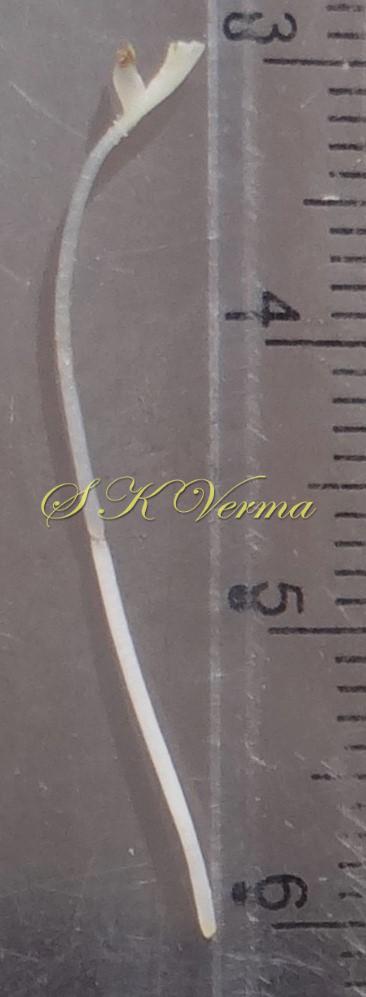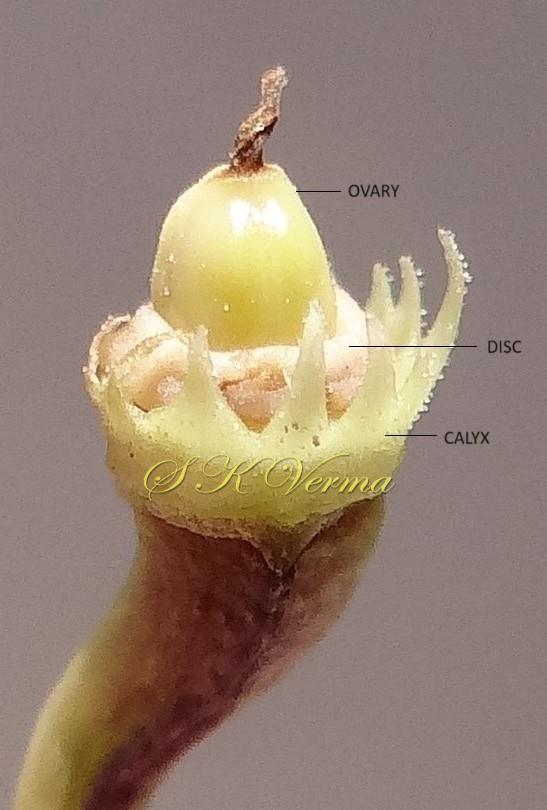THUNBERGIA
Thunbergia
Retz. Physiogr. Salsk. Handl. 1(3): 163. 1780; Nees in DC., Prodr. 11: 54. 1847; Benth. & Hook. f., Gen. Pl. 2: 1072. 1876; Clarke in Hook. f., Fl. Brit. Ind. 4: 390. 1885; Hu & Daniel, Fl. China @ eFloras.org 19: 377; Malik & Ghafoor, Fl. Pak. @ eFloras.org p. 70.
Herbaceous or shrubby climbers, rarely erect. Cystoliths absent. Leaves opposite, petiolate, simple, ovate to lanceolate, cordate or hastate, margin entire to lobed to dentate, acute to acuminate. Flowers solitary or paired in leaf axils or in terminal pedunculate dichasiate thyrses. Flowers bisexual, +/- zygomorphic, hypogynous, large, showy, blue, yellow or white. Bracts 2, large, foliaceous, ovate or lanceolate; bracteoles 2, free or fused along one side (spathe-like), enveloping calyx and most or all of corolla tube, mostly persistent. Calyx much shorter than bracteoles, cupulate with 10-20 subulate lobes or reduced to an entire ring. Corolla funnelform, large; tube with short cylindric base then ampliated; limb 2-lipped or +/- equally 5-lobed, lobes obtuse or truncate, contorted in bud. Stamens 4, all fertile, didynamous, included, inserted near the base of corolla tube; anthers bithecous; thecae oblong or ovoid, parallel, spurred or not at the base, sometimes bearded, connective apiculate. Disc shortly annular or pulvinate. Carpels 2, syncarpous; ovary fleshy, globose, 2-locular, each locule with 2 collateral ovules; style long, stout; stigma bifid, entire or fringed. Capsule globose below, abruptly beaked in upper part, 2-4-seeded, loculicidally dehiscent. Seeds semiglobose to ovoid, glabrous, funiculus pappila-like, retinacula absent.
151 species
Thunbergia erecta
Thunbergia erecta
(Benth.) T. Anderson, J. Proc. Linn. Soc. Bot. 7: 18. 1863; Bor & Raizada, Beaut. Ind. Climb. and Shrubs 107. pl. 38. 1954; Lanewala & H. M. Nasir, Dec. Fl.
Kar. 65. 1982; Malik & Ghafoor, Fl. Pak. @ eFloras.org p. 71.
A perennial, glabrous, upright, up to 1.5 m tall undershrub; stem quadrangular or terete, +/- sulcate. Leaves opposite, simple, sessile to subsessile, lanceolate-ovate to elliptic-ovate to obovate, 3-8 cm x 2-4 cm, base rounded, margin distantly serrate or lamina 3-dentate, apex acute, apiculate, adaxially dark green, shining and glabrous, abaxially dull green, puberulent. Flowers bisexual, zygomorphic, hypogynous, 2-lipped, purple-blue, up to ca. 6 cm long, ca. 4 cm across, usually solitary axillary; pedicels long, dilated distally. Bracteoles 15-18 mm x 10-13 mm, free or connate on one side (spathe-like), ovate, apex shotly acuminate, white, membranous, hiding calyx completely. Calyx 2 mm long, cupulate, glandular pubescent; tube very short, ca. 1 mm long; limb ca. 15-toothed, teeth unequal, up to 5 mm long, more or less subulate. Corolla ca. 6 mm long, funnelform; tube ca. 4 cm long, curved, ribbed, pale white, or yellow, basally narrowly cylindric and 3-5 mm wide for ca. 1 cm, then gradually ampliated to ca. 1.5 cm at throat; limb blue with yellow centre, 2-lipped, upper lip 2-lobed, lobes 1.5 cm x 1.8 cm, lower lip 3-lobed, lobes ca. 1.5 cm x 1.5 cm. Stamens 4, all fertile, didynamous; longer filaments ca. 1.5 cm long and shorter filaments ca. 1.1 cm long; anthers oblong, ca. 4 mm long, thecae parallel, bearded, apex shortly apiculate, base spurred. Disc present. Carpels 2, syncarpous; ovary 2-locular, ovules many per loculus, placentation axile; style ca. 3.5 cm long; stigma 2- lobed, upper lobe upright, lower patent.
Flowering and Fruiting:
April-August or almost throughout the year
Common Names:
Bush Clockvine, King's mantle, Potato bush

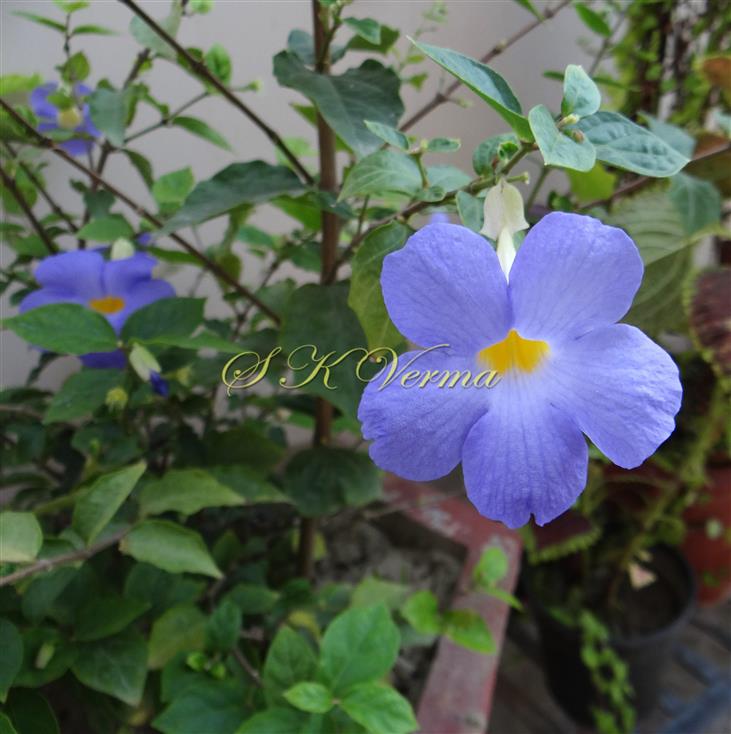
-DSC08808.jpg)
-DSC08810.jpg)
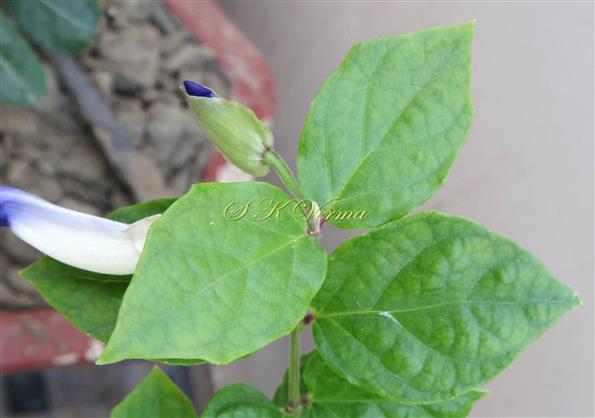

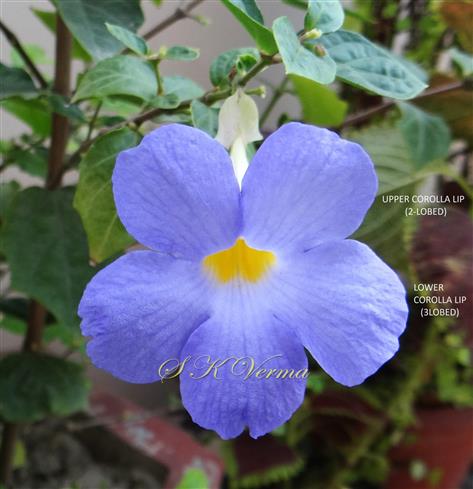
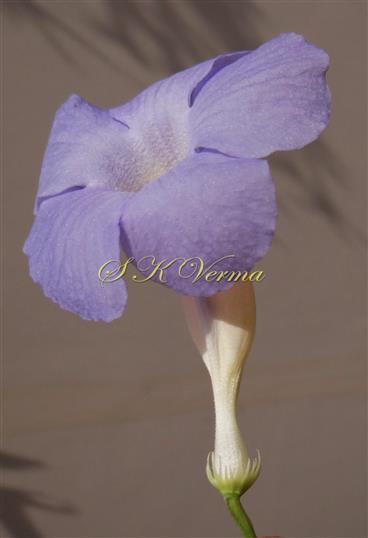

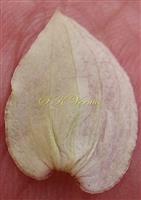

-DSC00722.jpg)
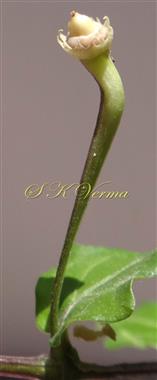
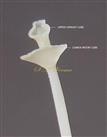
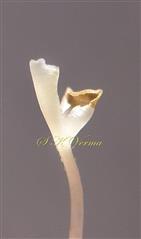



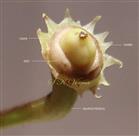
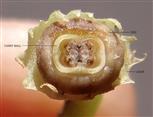

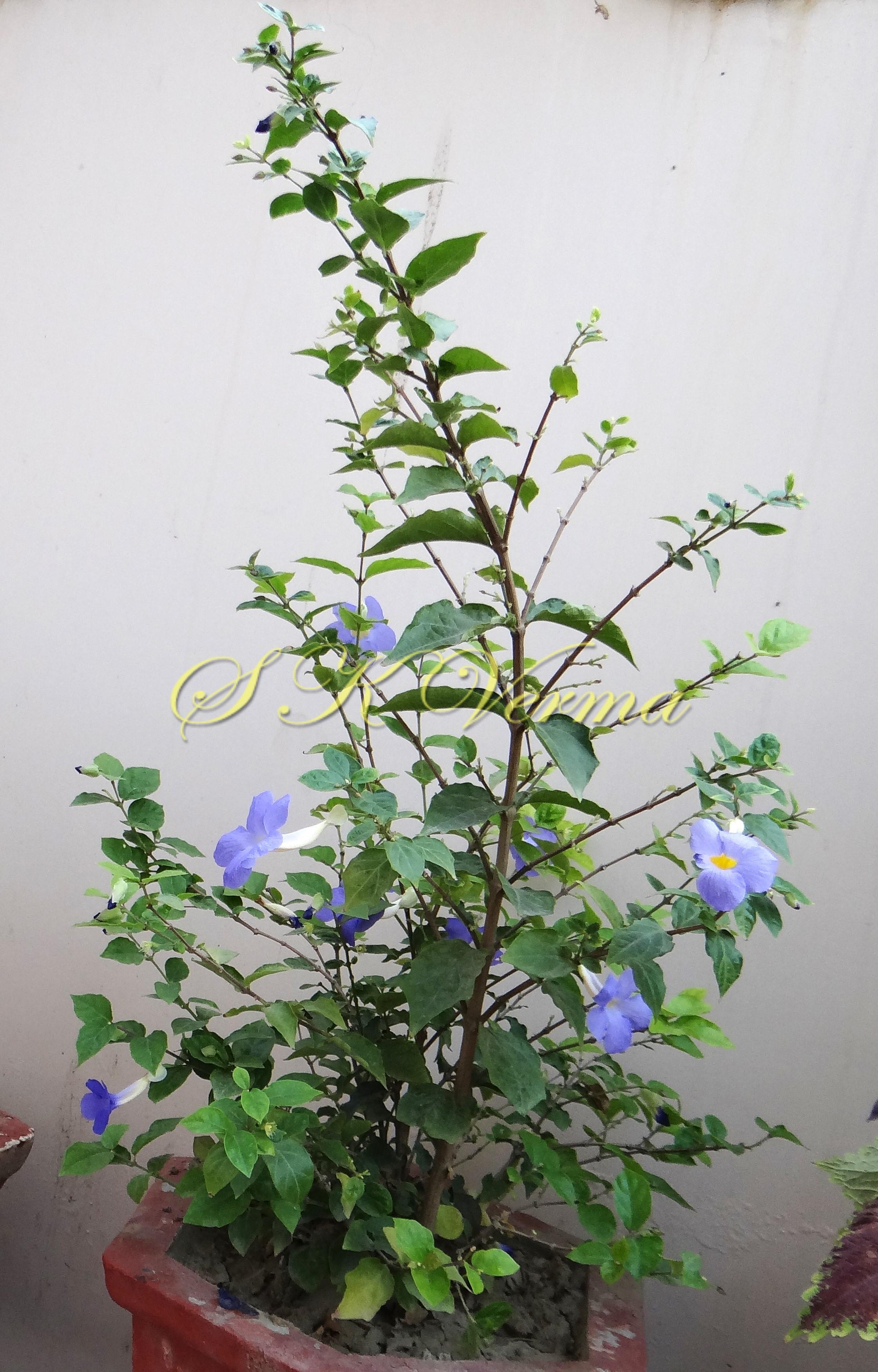

-DSC08808.jpg)
-DSC08810.jpg)

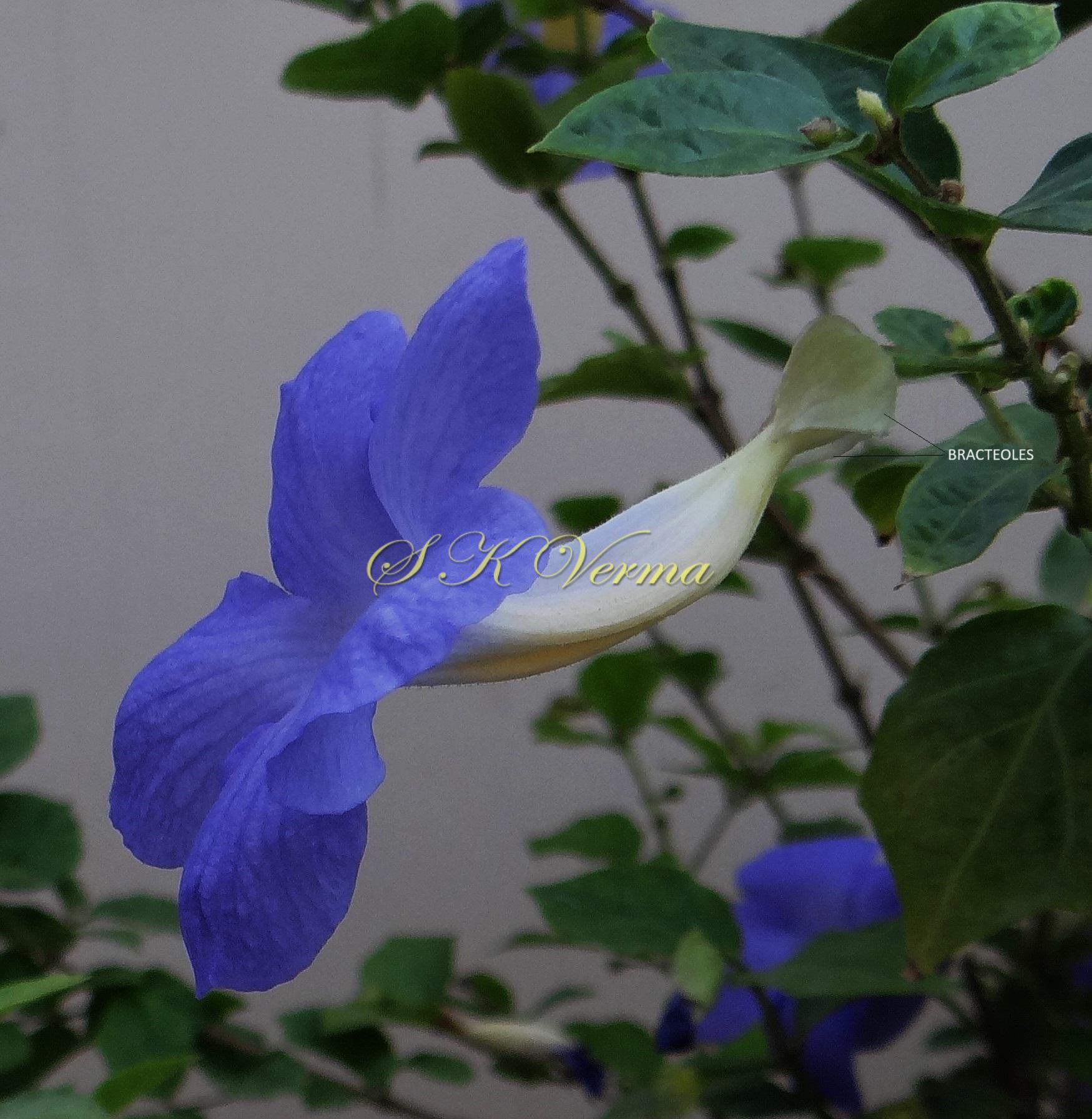


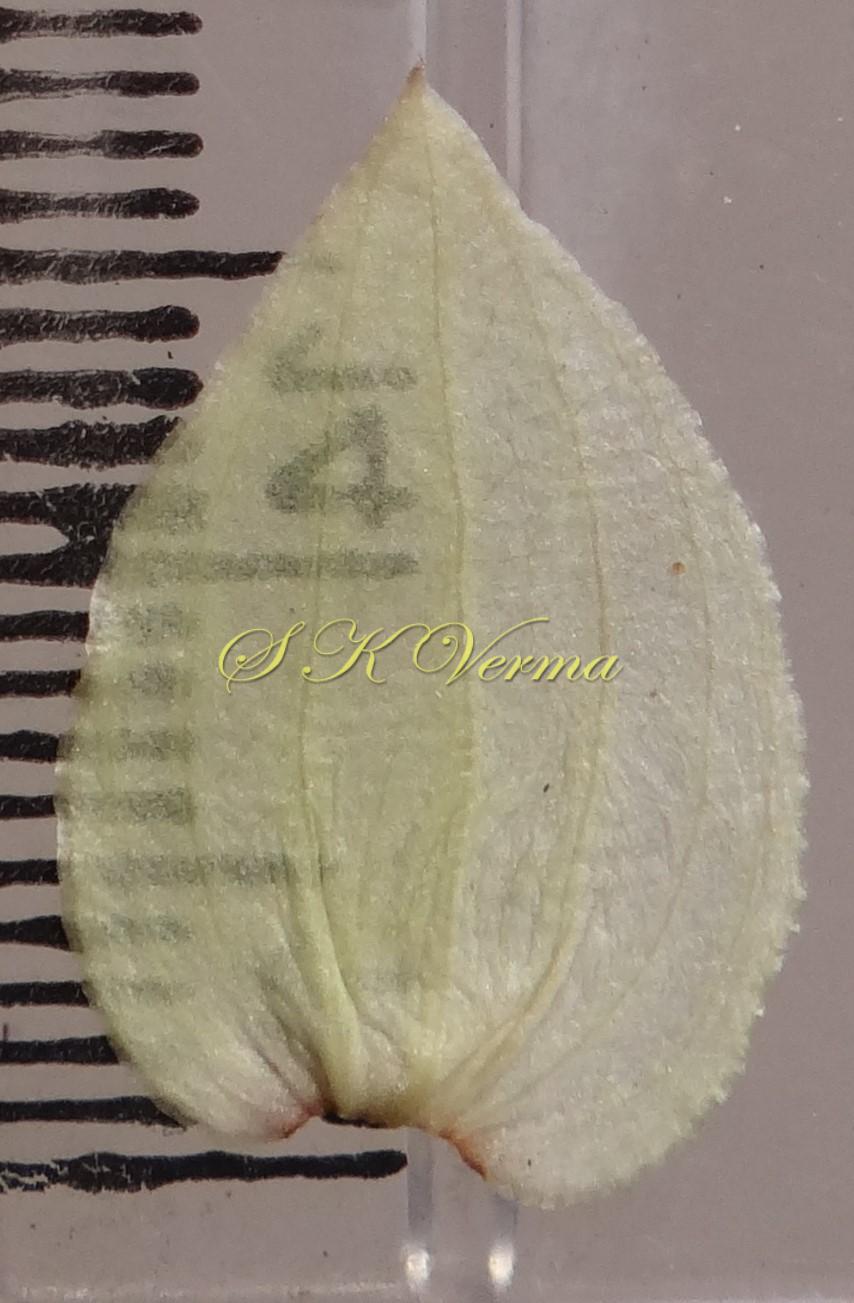

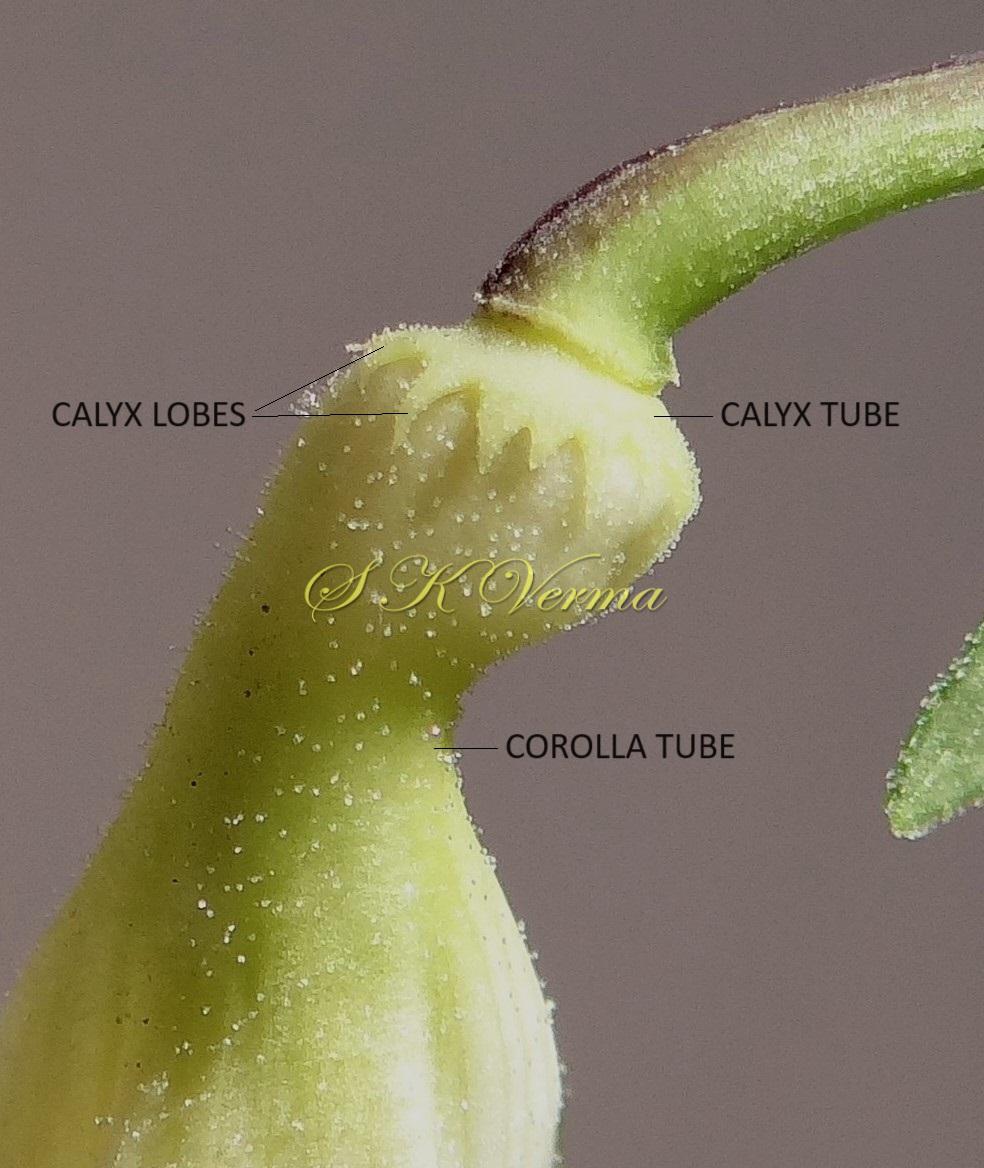
-DSC00722.jpg)




